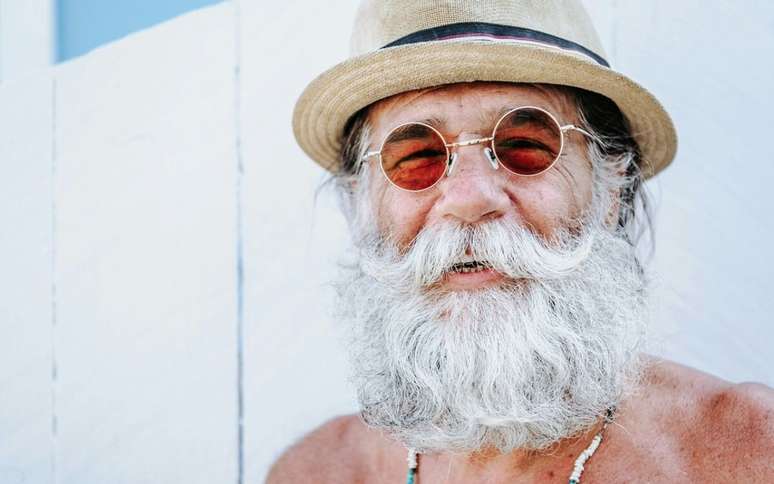YES! Not everything you’ve heard in documentaries to date has been 100% nature. Instead, a human recorded the sounds for the edition that made you travel into the animal world without realizing it.
But the question remains: how and why do humans make sounds in nature documentaries? Check now!
Why do humans make sounds in nature documentaries?
If suddenly you are watching a fantastic documentary and you have no idea that that owl noise was never from an owl and, perhaps, not even the flapping of the bird’s wings is really the sound of flight.
This is because in a wildlife documentary, filming allows you to capture scenes from a great distance, but sound recorders usually cannot get close enough to capture clear sound without disturbing the animals.
Additionally, wildlife documentaries also require multi-person crews. If the sound were recorded on location, it would be obscured by background noises such as crew conversations or car engines.
Another reason is that animals generally make sounds at a frequency or volume that most microphones simply cannot capture clearly. Therefore, so-called Foley artists, professionals who specialize in animal sounds, are hired to record sounds in the studio.
How do humans make sounds in nature documentaries?
Foley artists are responsible for doing this type of work for documentaries. And this work requires preparation until the recorded sound reproduces nature sounds, such as animals chewing food and panting.
These professionals usually stay in a recording studio away from the filming location, often weeks or months later.
Foley artists produce custom sounds for film and television soundtracks, as well as documentaries. But how do Foley artists actually work?
Foley Artists
First, this artist’s production process decides which actions or movements of animals need sounds created for them. They then decide the specific qualities these sounds should have.
In this way, based on the decisions of the director or production, the artist Foley uses his creativity and resourcefulness to create the sounds.
Artifacts such as hitting coconut shells on stone slabs and hitting stones against a trough of compacted earth covered with straw are used to simulate the noise of animal movements.
Furthermore, by simply moving the artist’s fingers in a tub of water it is possible to reproduce, for example, the sound of fish jumping on the surface of a lake. However, roars and more complex sounds cannot be artificially simulated and are generally taken from library recordings.
Curious, right? Comment below: Did you imagine documentaries using a device like this?
In the video below, in English and with subtitles available, you can see the artists in action:
The post How and why do humans make sounds in nature documentaries? appeared first on Olhar Digital.
Source: Olhar Digital
Rose James is a Gossipify movie and series reviewer known for her in-depth analysis and unique perspective on the latest releases. With a background in film studies, she provides engaging and informative reviews, and keeps readers up to date with industry trends and emerging talents.







